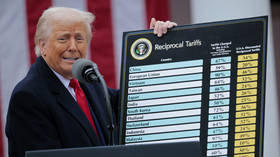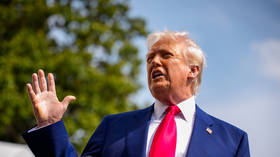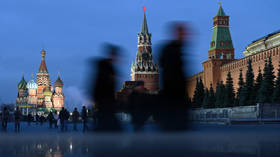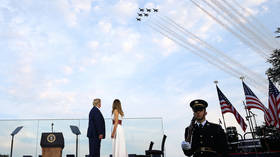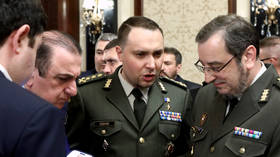Has Russia outplayed the US in nukes deal?
A Russian newspaper claims a new nuclear arms reduction treaty will put Moscow in a stronger position than the 1991 deal with Washington, which expired on December 5th.
Both sides say they expect the deal to be sealed by the end of the year.
A Russian diplomatic victory or a triumph of common sense? As details on a new US-Russian nuke pact are leaked to the press, experts in Moscow are finding more and more reasons to celebrate.
“Hopefully we’ll see a new treaty signed by the end of this week, or at least by the end of this year,” says the head of the Russia’s State Duma Foreign Affairs Committee. “At least this is a very clear ambition expressed by the two presidents and I know for sure that two negotiation teams have very exhaustive instructions to finalize work as soon as possible.”
A Moscow newspaper has reported the negotiations are almost complete, with Russia winning a number of concessions.
The 1991 treaty required Russia to share data on its test launches with the United States.
The new agreement will reportedly do away with that. US inspectors will no longer monitor the production of intercontinental ballistic missiles in Russia, either.
“The 1991 agreement was not very balanced when it comes to Russia’s interests,” considers expert Vladimir Evseev from the Institute of World Economy and international Relations. “But it now looks that the United States backed down on a number of issues, including the transfer of telemetric data and round-the-clock monitoring.”
The new pact will reportedly cut down the number of delivery vehicles down to about 700 for each side and provides for no limits on Topol and other Russian mobile launchers.
At the moment the United States has no similar systems, and initially sought to restrict their patrolling area. Apparently to no avail.
“We got more than we might expect. The Americans could have just said ‘no’, but we have reached some reasonable compromises and that’s what we have got with the Topol missiles,” assessed the president of the Institute of Strategic Assessment Aleksandr Konovalov.
The two sides have reportedly agreed to cut the number of deployed warheads to about 1,600 each. Yet no progress has been made on stockpiled warheads that Russia argued should be covered by the new treaty.
“According to the START-1 treaty, nuclear warheads could have been utilized or stockpiled,” explains the former head of Russia’s Strategic Missile Forces, Colonel-General Viktor Esin. “And that’s what the Americans did. They decommissioned and stockpiled warheads that, in the event of their withdrawal from the treaty, could be easily deployed again.”
With the agreement expected to be signed by the year end, analysts in Moscow say the new START treaty now increasingly looks like a new beginning.



